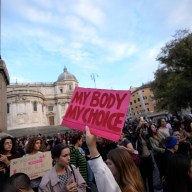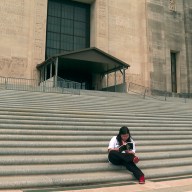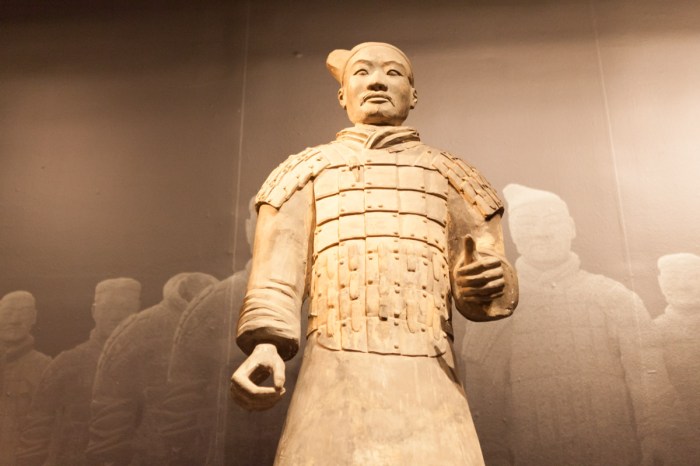Like every other New Yorker, pigeons didn’t make it in this city without a lot of hustle. A few tens of millions of years, in fact.
They’re just one species of bird among the 13,000 that can be traced directly back to dinosaurs at the American Museum of Natural History’s latest exhibit, Dinosaurs Among Us. And while the museum’s provost of science, Michael Novacek, is not going to say he told you so — he told you so. RELATED:The Ramones, Ebony G. Patterson and more of spring’s best art shows “When we opened the halls in the mid-’90s, the dinosaur exhibit had a flock of seagulls in the middle of it,” recalls Novacek. “There were colleagues around who were saying, ‘Ah, why did these people do this, this has gone too far to taint the minds of the public with this notion.’ We’ve been validated.” That 1995 exhibit did hedge its bets, with signs warning that displays could contain inaccurate information. However, the new exhibit “illustrates brilliantly the reality of evolution,” says Novacek, and instead of disclaimers there are meters — dinosaur ancestor at one end, modern bird at the other — to indicate where along the evolutionary chain a particular species belonged. In those 21 years, the fossil record from dinosaurs to modern birds has been almost entirely filled in, and new technologies like CT scanning, robotics and genetic analysis have revealed new similarities such as building nests, brooding, superior lungs and large brains (contrary to popular belief — flight takes a lot of eye-wing coordination and adaptability!) Also: feathers. An overgrown kiwi bird may not be the stuff of Steven Spielberg movies, but Dinosaurs Among Us has several models, including a 23-foot-long tyrannosaur, covered in feathers. New evidence suggests most, if not all, dinosaurs had at least some plumage. “There’s a lot of different kinds of feathers preserved in the fossil record,” says Ashley Heers, a post-doctoral researcher in paleontology whose discoveries contributed to the exhibit. Feathers didn’t necessarily indicate flight, however. As in modern birds, they would have been useful in attracting a mate, making swimming easier and sun protection. As far as developing the ability to fly, wings emerged late in the game, and the exhibit shows evolution isn’t necessarily graceful: think feathered tails on a lizard-like body, and vice-versa. Heers says the technology to truly study flight has only come into existence within the last 10-20 years, like machines that can X-ray a flying bird and measure the aerodynamic forces they generate. And while there is a lot that goes into the ability to fly, “you don’t actually need as much as we think we do,” she says. In tracing bird ancestry and flight back to dinosaurs, Heers has been studying juvenile birds, which lack adults’ large wings, strong muscles and fully developed skeleton. “Since baby birds are doing all these cool things with their wings and they don’t have all those features, it really begs the question of whether some of these extinct dinosaurs might also have been able to do similar behaviors with their wings,” such as gliding, she says. The more she discovered, the more Heers needed a new way to apply her data. She linked up with aeronautical engineers to use computer programs that build models of modern birds, which she then swaps out parts for fossils to see if they can still take off. Visitors can actually do their own version of this at the end of the exhibit. Oh, and pigeons? They don’t just deserve props for hanging in there this long.
“I happen to be rather fond of pigeons,” says Heers. “They spend a lot of time in the air, they can fly across the country, the can fly vertically, they’re very acrobatic in the air, they display to each other in the air. So they’re very very good flyers — probably some of the best flyers out there, actually.”
Dinosaurs Among Us
March 21, 2016 — Jan. 2, 2017
American Museum of Natural History, Central Park West and 79th Street
Museum admission: $22


















